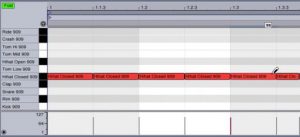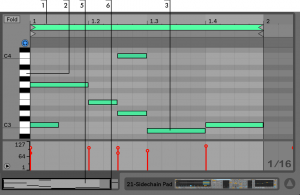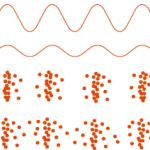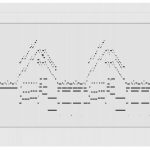Music Theory Basics: Rhythm
This month we’ll be diving into the basics of music theory for electronic music composition. Our first article today will deal with rhythm.
Rhythm is the backbone of the songs structure, it’s what gives music a sense of forward flowing motion.
When we talk about rhythm, we often think of drums and other non pitched instruments contributing to the groove, it’s often forgotten that the rhythm of musical(pitched) instruments in electronic music production is just as important if not more so.
The bassline is a primary example of the same, it’s fundamentally what controls the over all feel of the groove.
In theoretical terms, these intervals can be divided into, whole notes, half notes, quarter notes, eigth notes, sixteenth notes, thirty second, sixty forth note and a hundred and twenty eighth notes.
These terms decipher the note duration of how long a particular note sustains for.
A whole note is the length of four beats in a bar in a 4/4 time signature.
A half note is a note played for exactly half the duration of a whole note, a quarter note is played for exactly quarter of the total duration of the whole note and so the pattern goes on .

It is highly unlikely to see note lengths shorter than sixteenth’s(1/16) or thirtytwo’s(1/32) being used in modern electronic music as the notes would be too quick for the ear to decipher a concrete rhythm. Imagine someone gradually doubling the speed at which they converse with you to better understand why shorter note durations are harder to decipher. It’s because they’re cramming in 32 notes in the same amount of space. This duration is known as a bar and is the fundamental governor of structure for music production and also for DJing.
Most dance floor music is written in a 4/4 structure and has particular similarity in arrangement for the ease of mixing.
Rhythm is a dense topic even within the 4/4 time signature alone, and is far beyond the scope of this article.
An easy way to get a good idea about the same is to open up a piano roll in your daw of choice and program in notes with different note durations by right clicking and changing the note duration in the piano roll. Remember the rhythm is more about what you feel than what you hear, so experiment with different note durations and see how they effect the groove of the overall track.






